Our Blog
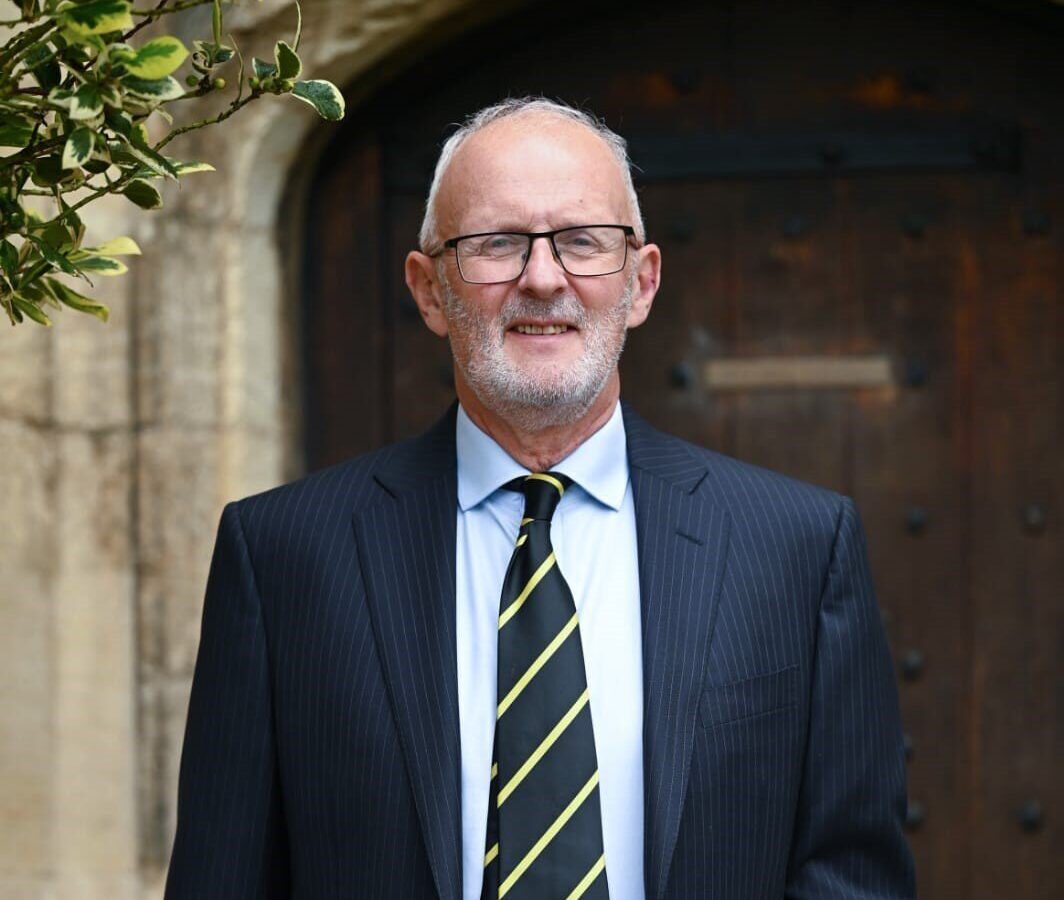
LATEST BLOG
Principal's Blog: 21 November 2025
Published 21st November 2025
Our Principal, John Bowers, shares more thoughts on his time at the College.

LATEST BLOG
Principal's Blog: 12 November 2025
Published 12th November 2025
Our Principal, John Bowers, shares more thoughts on his time at the College.

LATEST BLOG
Principal's Blog: 6 November 2025
Published 6th November 2025
Our Principal, John Bowers, shares more thoughts on his time at the College.
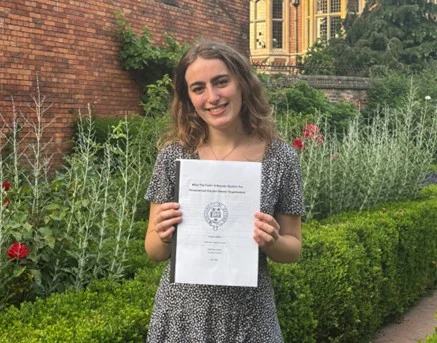
LATEST BLOG
Student Blog: Engineering at Brasenose College
Published 30th September 2025
The last four years of my life have been INTENSE! I have just finished my undergraduate master’s in engineering science at Brasenose College and now I am writing this student blog to reflect on my time here
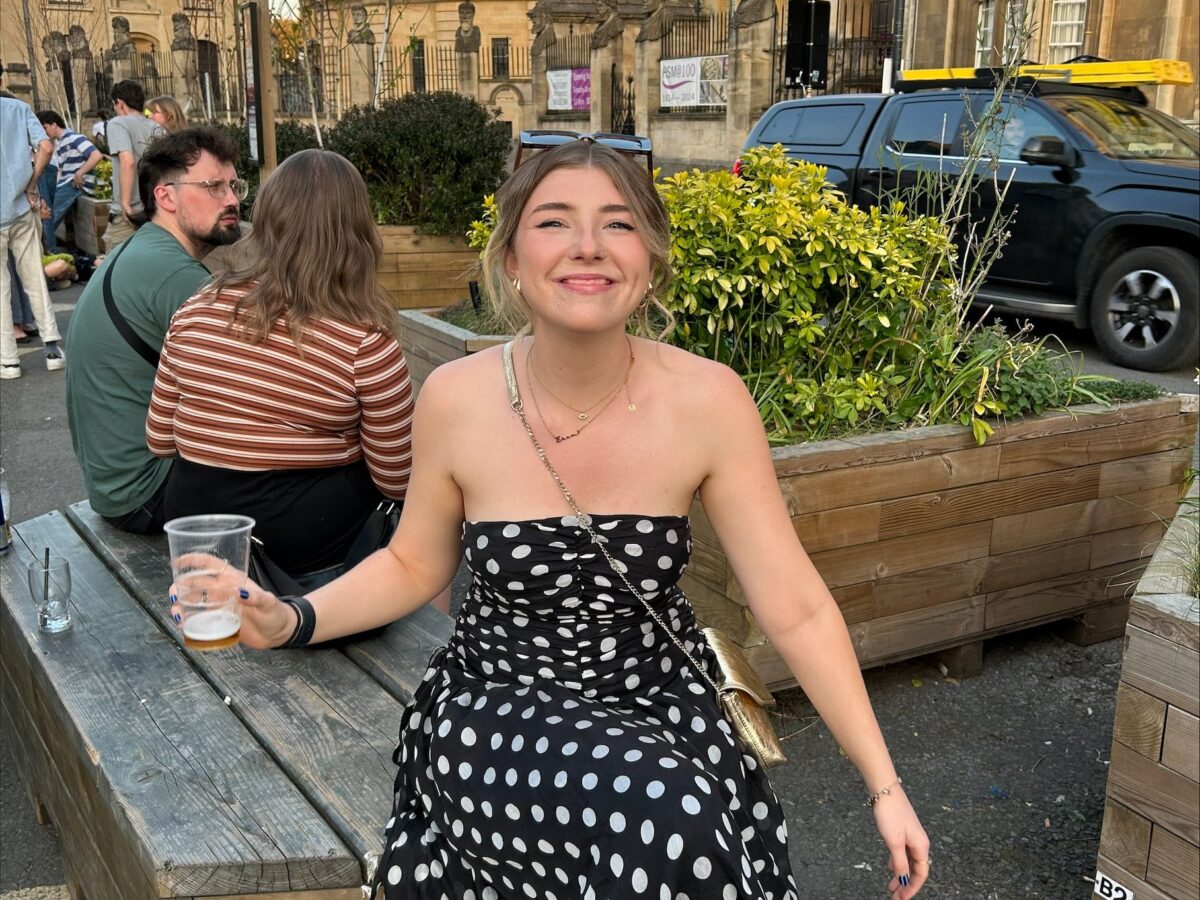
LATEST BLOG
Student Blog: Leaving Brasenose
Published 18th August 2025
Leaving Brasenose feels almost the same as arriving did: terribly daunting, incredibly exciting and completely unknown.

LATEST BLOG
Principal's Blog: 12 June 2025
Published 12th June 2025
Our Principal, John Bowers, shares more thoughts on his time at the College.

LATEST BLOG
Principal's Blog: 15 May 2025
Published 15th May 2025
Our Principal, John Bowers, shares more thoughts on his time at the College.

LATEST BLOG
Principal’s Blog: 14 March 2025
Published 14th March 2025
Our Principal, John Bowers, shares more thoughts on his time at the College.
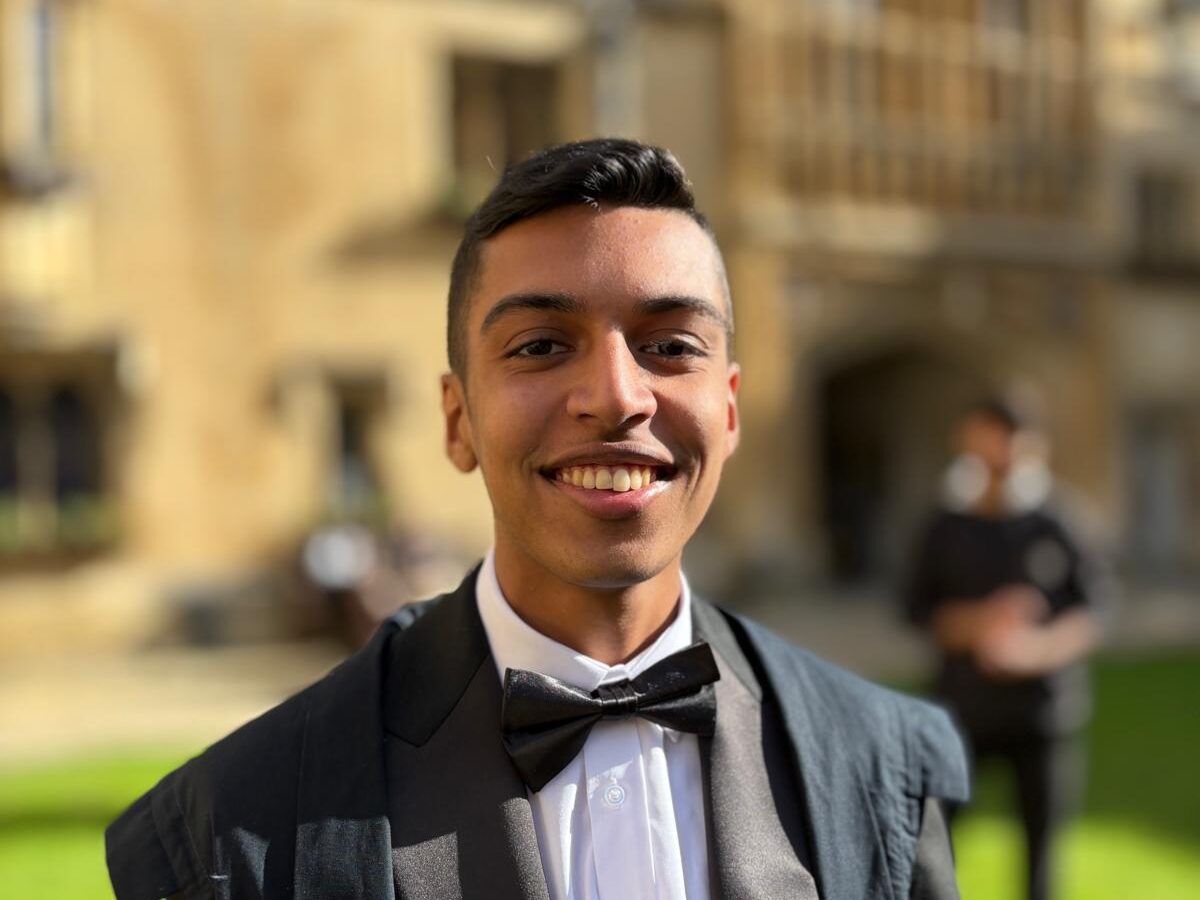
LATEST BLOG
Student Blog – How Brasenose Became Home
Published 16th January 2025
Arriving at Brasenose for my first term was a whirlwind of emotions—excitement, curiosity, and a fair bit of nervousness. I was eager to embrace the opportunities Oxford had to offer but unsure of how I’d adjust to the new academic and social environment. Now, looking back, I can confidently say that my first term has been an incredible journey of growth, discovery, and memorable experiences.
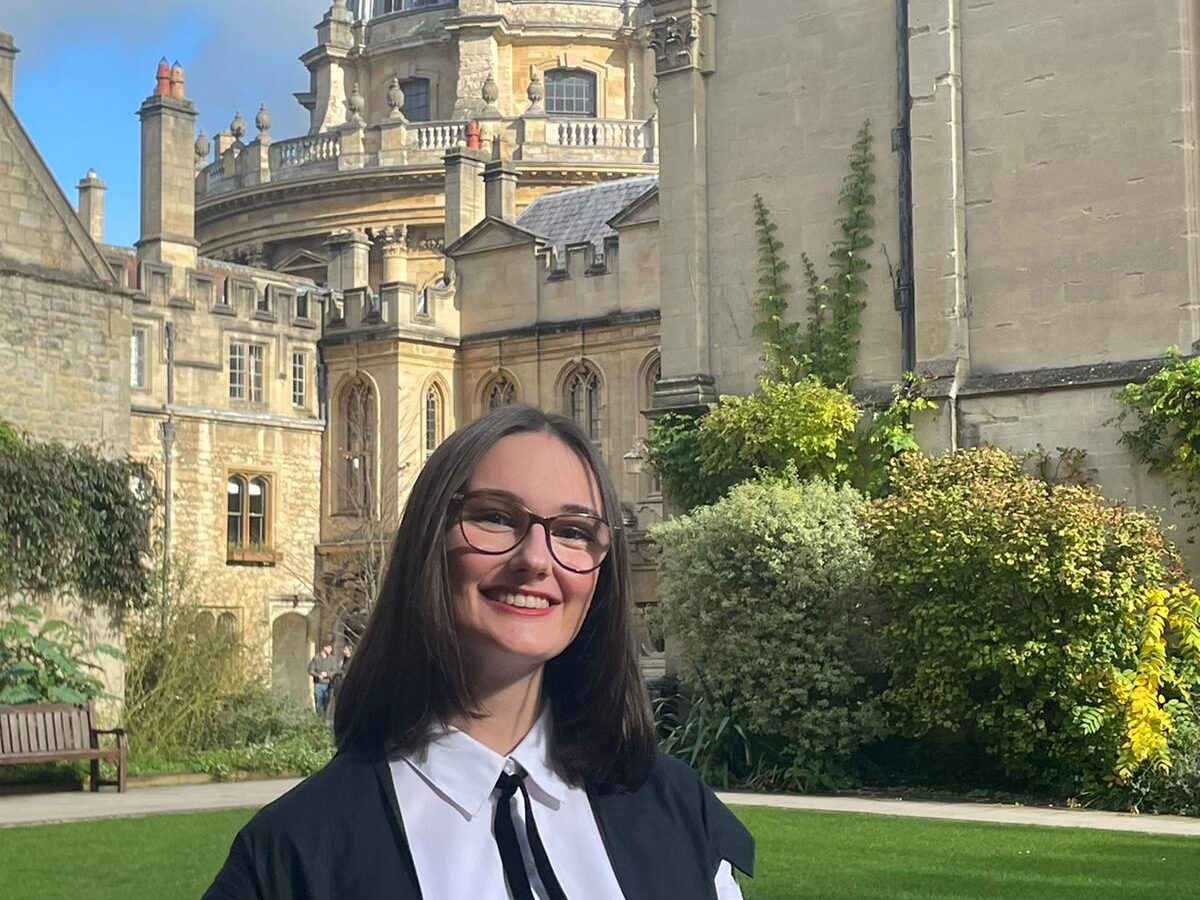
LATEST BLOG
Student Blog – Michaelmas Musings
Published 14th January 2025
My first term at Oxford University – a phrase my sixteen-year-old self would never have believed I could one day write.

LATEST BLOG
Principal’s Blog: 18th December 2024
Published 18th December 2024
Our Principal, John Bowers, shares more thoughts on his time at the College.

LATEST BLOG
Principal’s Blog: 14th November 2024
Published 14th November 2024
Our Principal, John Bowers, shares more thoughts on his time at the College.

